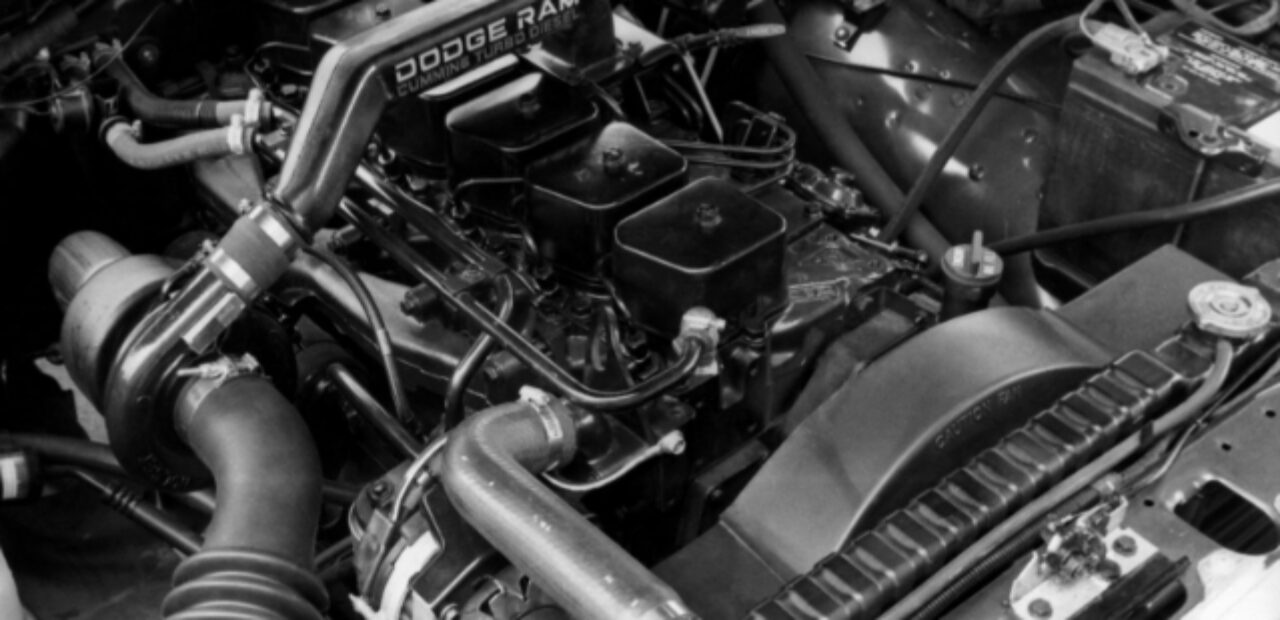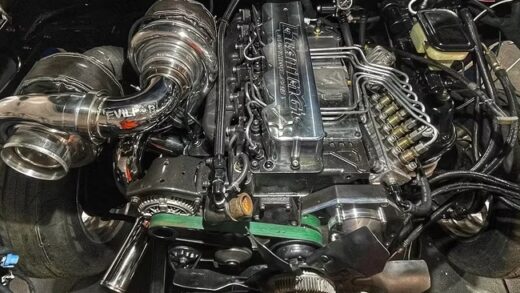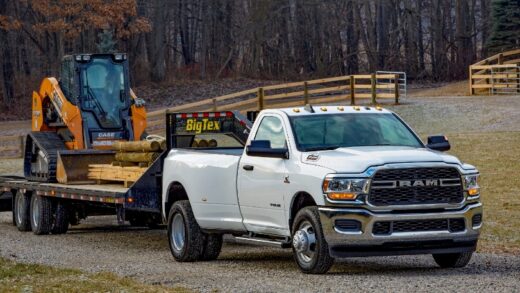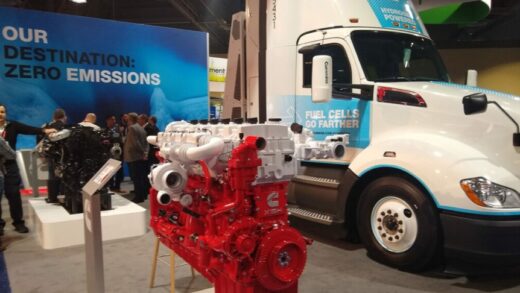The Evolution of America’s Most Reliable and Tunable Diesel Engine: The 5.9-Liter Cummins
When it comes to powerful engines, the American automotive industry is renowned for its exceptional V8s. However, it’s worth noting that US manufacturers have also made significant advancements in the development of diesel engines, and standing out among them is the legendary 5.9-liter Cummins.
Established in 1909 by a talented mechanic named Clessie Cummins and banker William Glanton Irwin, the Cummins Engine Company (now Cummins Inc.) has a rich history spanning over a century. The company initially focused on the development of diesel engines, which were a novel concept at the time. However, it wasn’t until the post-World War II road construction boom that Cummins emerged as a prominent industry leader, achieving remarkable success.
Over the years, Cummins has earned a reputation for producing top-performing and exceptionally dependable diesel engines that have served a diverse range of industries. However, it is in the realm of pickup trucks that Cummins has truly made its mark. Among its notable achievements is the development of the renowned 5.9-liter turbocharged inline-six engine, which powered Ram trucks for nearly two decades and is widely regarded as the ultimate choice in its class. This legendary engine has solidified Cummins’ position as a leading provider of powerplants for America’s beloved workhorses.
The game-changer
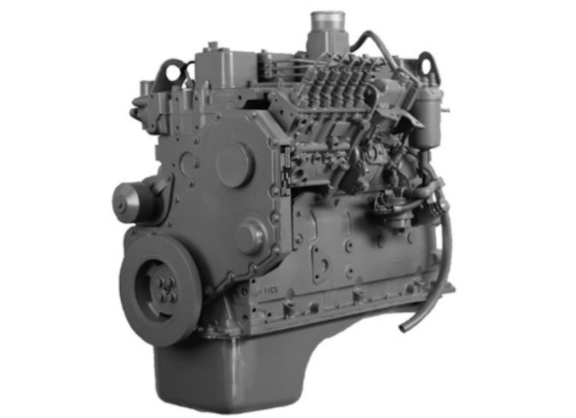
Introduced as part of the versatile B-Series engine family, the 5.9-liter powerplant entered the automotive scene in 1989, specifically in the first-generation Dodge Ram trucks. It served as an efficient alternative to gas-guzzling V8 engines. Built with a robust cast-iron block, a forged crankshaft with seven mains, a durable 12-valve cast-iron cylinder head, and a dependable gear-driven cam drive, this engine was meticulously engineered to endure the most rigorous demands over many years of heavy-duty usage.
While there were other diesel engine options for light-duty pickup trucks, the initial release of the 5.9-liter Cummins (6BT) proved to be a revolutionary game-changer, greatly enhancing the sales of Ram trucks. Setting it apart from the V8 diesel engines offered by Ford and GM, the inline-six Cummins engine boasted the advantage of direct fuel injection, made possible by Bosch technology. This not only resulted in improved fuel efficiency but also provided greater torque compared to its naturally aspirated counterparts, thanks to the addition of a Holset H1C turbocharger.
Offered with the option of a five-speed manual transmission or a robust version of the A727 three-speed automatic transmission, the 5.9-liter Cummins engine generated a respectable 160 horsepower and an impressive 400 lb-ft (542 Nm) of torque. Produced from 1989 to 1993, this engine swiftly became the preferred choice for Dodge Ram customers, solidifying its reputation as the most dependable and fuel-efficient diesel engine in the light-duty pickup truck category.
Making a great engine even better
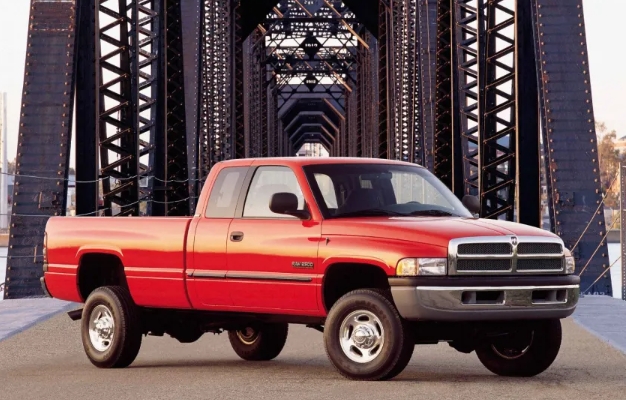
In 1994, the formidable 5.9-liter Cummins engine underwent a significant update coinciding with the launch of the second generation of Ram trucks. While maintaining the same block, conrods, and 12-valve cylinder head as its predecessor, the engine received a host of improvements that elevated its performance. These enhancements included redesigned pistons, higher-flow fuel injectors, and an enlarged intercooler, resulting in enhanced overall capabilities.
However, the most renowned upgrade was the introduction of the new Bosch inline injection pump, codenamed P7100 and widely known as the P-pump. This replacement for the previous camshaft-driven, rotary-style VE injection pump further optimized the engine’s fuel delivery system, contributing to its exceptional performance.
The introduction of new components and upgrades in the second-generation 5.9-liter Cummins engine, spanning from 1994 to 1998, resulted in significant improvements across various aspects. These enhancements made the engine more powerful, reliable, fuel-efficient, and environmentally friendly. Depending on the specific model year and the transmission configuration, the engine had the capability to produce impressive figures, reaching up to 215 horsepower and 440 lb-ft (597 Nm) of torque.
The move to 24 valves
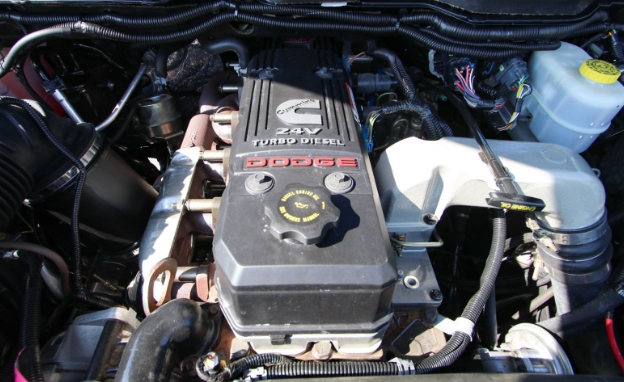
In response to increasingly stringent emission regulations, the 5.9-liter Cummins engine underwent a significant redesign in the latter half of 1998, resulting in a new designation: ISB. This redesign involved reworking the cylinder head to incorporate four valves per cylinder. Additionally, the fuel-injection system was upgraded to electronic control, introducing the Bosch VP44 high-pressure electronic rotary pump. However, this new fuel-injection system would later become a vulnerability for the engine.
While the 5.9-liter Cummins engine continued to be known for its reliability, its power output saw an increase to 235 hp and 460 lb-ft (624 Nm) of torque, particularly when paired with a manual transmission. However, a persistent problem arose with the VP pump, which had a tendency to fail, causing frustration for owners of this renowned engine.
The VP-pump ISB variant was phased out after the 2002 model year. However, Dodge introduced a high-output version a year prior, incorporating various enhancements such as a larger Holset HY35W turbocharger. This upgraded 5.9-liter engine, coupled with the robust NV5600 six-speed manual transmission, delivered an impressive 245 hp and an enormous 505 lb-ft (685 Nm) of torque.
The Common Rail version
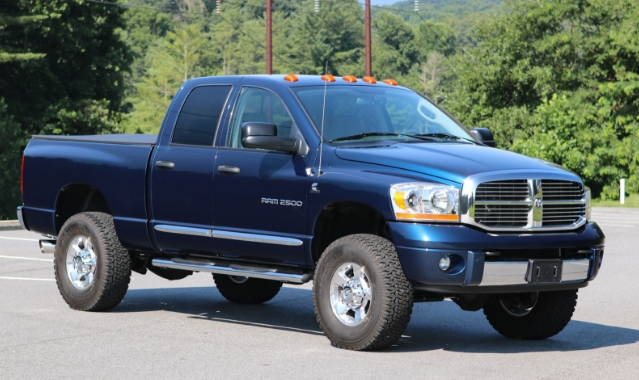
In the latter half of the 2002 model year, Dodge unveiled the third-generation Ram trucks, and shortly thereafter, an updated iteration of the 5.9-liter ISB engine was introduced. This time, the mighty powerplant underwent revisions to its block, cylinder head, valve train, turbocharger (starting from 2003), and injectors. However, the most notable improvement came in the form of Bosch’s cutting-edge high-pressure Common Rail fuel injection system, accompanied by a new injection pump known as the CP3. This upgrade significantly enhanced the engine’s reliability, resolving the previous issues associated with the VP pump.
Not only did the 5.9-liter Cummins engine demonstrate enhanced reliability, but it also showcased improvements in fuel efficiency and performance. By 2003, the engine’s maximum ratings reached an impressive 305 hp and 555 lb-ft (752 Nm) of torque. Subsequently, in the middle of the 2004 model year, the high-output variant, known as the Cummins 600, delivered an even more impressive 325 hp and 600 lb-ft (813 Nm) of torque.
The Common Rail ISB 5.9-liter engine remained available until the conclusion of the 2007 model year. Following that, it was phased out, making way for its larger and more advanced counterpart, the ISB 6.7-liter, within the B-Series engine family.
Legacy and tunability
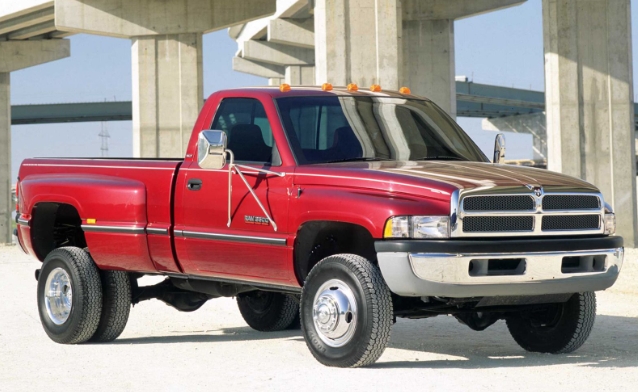
Even after sixteen years since its discontinuation, the 5.9-liter Cummins engine stands as an undisputed legend among diesel enthusiasts in America. Renowned for its exceptional longevity, it has proven to outlast the very trucks it powered. Highly coveted by Ram fans and diesel enthusiasts alike, the 5.9-liter Cummins is celebrated for its remarkable performance, despite some arguments that it was paired with average-quality trucks. Its enduring greatness remains unquestioned.
Despite being primarily known as a reliable workhorse engine, enthusiasts from both camps have come to recognize the immense tuning capabilities of the 5.9-liter Cummins. Appreciating its robust design, they have embarked on tuning and retrofitting endeavors, transplanting the engine into diverse vehicles, including trucks and even cars, for a variety of applications such as off-roading, on-road driving, and racing. This surge in interest has prompted the industry to respond with an extensive array of aftermarket upgrades tailored to unleash the engine’s full potential.
Consequently, it is now quite common to witness 5.9-liter Cummins engines achieving substantial gains in horsepower and torque. For instance, it is relatively straightforward to extract approximately 600 horsepower and 1,000 lb-ft (1,355 Nm) of torque from a Common Rail ISB variant by implementing a remap, installing a larger turbocharger, upgrading to a higher-pressure lift pump, and utilizing higher-flow injectors. However, this does not imply that the older 6BT versions lag behind in terms of power potential. With more comprehensive tuning, the engine block can withstand outputs of up to 1,500 horsepower and around 2,000 lb-ft (2,711 Nm) of torque.
In summary, as the era of electrification gains momentum, the 5.9-liter Cummins is likely to be remembered as one of the finest diesel engines ever manufactured. It has earned this distinction due to its exceptional performance and durability.

